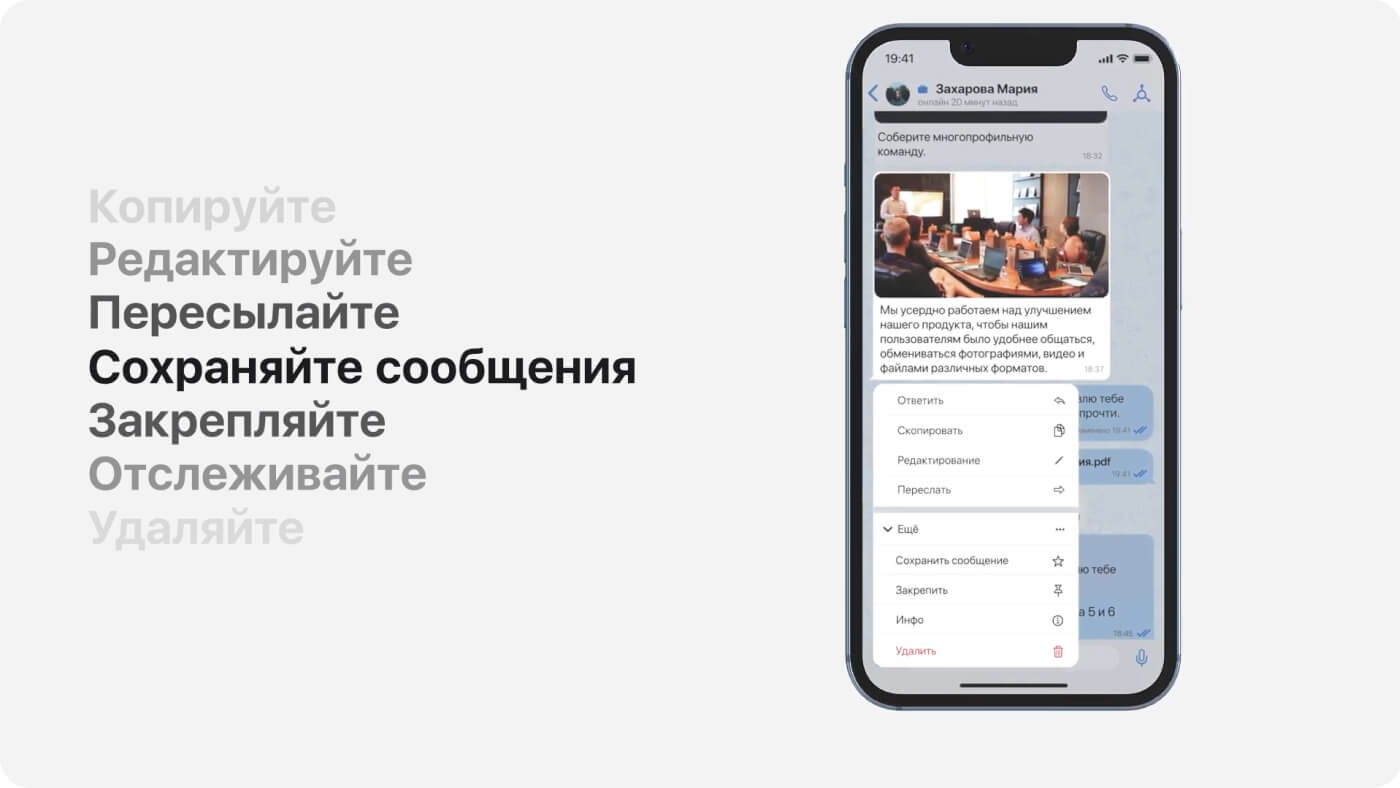Modern companies are increasingly creating corporate portals to unite employees in a single space. But how can you make employees want to use it? In this article, we will tell you why a corporate portal is useful, why it is important for the HR brand, and what features make it effective to use.
Why and who needs a corporate portal?
Imagine you need to find out about a project, contact a colleague or fill in a holiday request. Usually you have to log in to different systems: one for documents, one for communication, one for tasks. This is tiring and time-consuming. A corporate portal solves this problem by collecting the necessary tools in one place: documents, tasks, schedules, communication, requests. Corporate portals are used in various business spheres — in logistics and transport companies, in the manufacturing sector, in IT companies, in finance and services.
First of all, the portal is useful for large and medium-sized (from 200 employees) companies, where it is necessary to unite many departments into a single environment.
Take, for example, a logistics company with 1,000 employees. The organisation can use a corporate portal to coordinate driver schedules, manage routes and create a single repository of documents, including various templates and instructions that can be accessed by any employee at any time.
Corporate portal - the voice of the HR brand
HR brand is the perception of a company as an employer. It is not only an image, but also an employee experience that influences their satisfaction, engagement and desire to stay with the organisation. A good HR brand creates a positive work environment and helps to reduce employee turnover. Employees with high levels of engagement are more motivated and productive - and a corporate portal helps create that engagement through the following factors:
1. Transparent culture
A corporate portal provides access to information about the company, its values, mission and strategies. It helps employees better understand the organisation's culture and feel part of the team.
2. Simplification of processes
The portal can automate many processes in an organisation, from requesting a reference to agreeing a leave of absence. The absence of bureaucracy attracts employees and facilitates interaction within the company.
3. Training and development
A corporate portal can serve as a training platform for employees, providing access to trainings, courses and seminars. This not only develops employees' skills, but also demonstrates the company's concern for the professional growth of its employees.
4. Communication and feedback
Communication and feedback tools on the portal allow employees to share their ideas and opinions. This creates an atmosphere of trust and allows all members of the company to be heard.
5. Team unification
The portal can support teamwork by allowing employees to easily interact, share information and work on common projects. This promotes team building and improves internal relationships.
6. Pride and recognition
It is important to publish news about employee achievements, success stories and project results on the portal in order to create a sense of pride among employees for their contribution to the success of the company.
7. Employee care
Various employee support programmes (e.g. VHI, sports, corporate events) can also be combined on a single corporate portal. This will create a positive perception of the company as a caring employer.
How to make the portal effective for employees
For a corporate portal to benefit and engage employees, it must have several important features:
Document Management. Document storage, retrieval and collaboration tools make it easy for employees to share information and find what they need.
Alerts. News, corporate messages and organisational notifications will keep employees up to date with any changes in the company.
Providing information about employees and the company. The organisational structure of the company, personal profiles of employees with contacts will simplify the interaction of employees between departments and teams.
Mobile access. The ability to visit the portal via mobile devices will make it accessible anytime, anywhere.
Integrations with internal and external services
The portal can become a centralised platform for performing various business tasks if it is integrated with internal and external services used by the company. Employees will not have to switch between multiple browser tabs, as access to all necessary corporate or external tools will be realised in “one-window” mode. The portal can be integrated with HR management systems, CRM, financial systems, EDMS and others.
Integration with messengers and chat rooms
The reality is that today most employees are used to communicating in messengers like Slack, Telegram or WhatsApp. That's why various chats and discussions on the corporate portal are taking a back seat. The integration of a corporate portal with foreign messengers is still questionable, as recent events have shown that they cannot guarantee the protection of corporate information.
There is another approach — to integrate the portal with Russian messengers, such as eXpress. The platform interface is similar to the Telegram one that is familiar to users and will not cause difficulties for employees when using it. The implementation of the corporate version of the product provides for the location of data within the company's perimeter, which eliminates the risks associated with the use of public messengers. eXpress has chats, calls, groups, reactions, voice messages — everything you need for effective communication.
The eXpress platform can be used as a single point of entry to the company's corporate services and provide employees with convenient access from anywhere via an app on their phone, PC or web-version in their browser.
By the way, the mining and metallurgical company Nornickel has integrated more than 40 corporate digital services, including a corporate portal for employees, into one eXpress interface. Read more about the project in the case study





